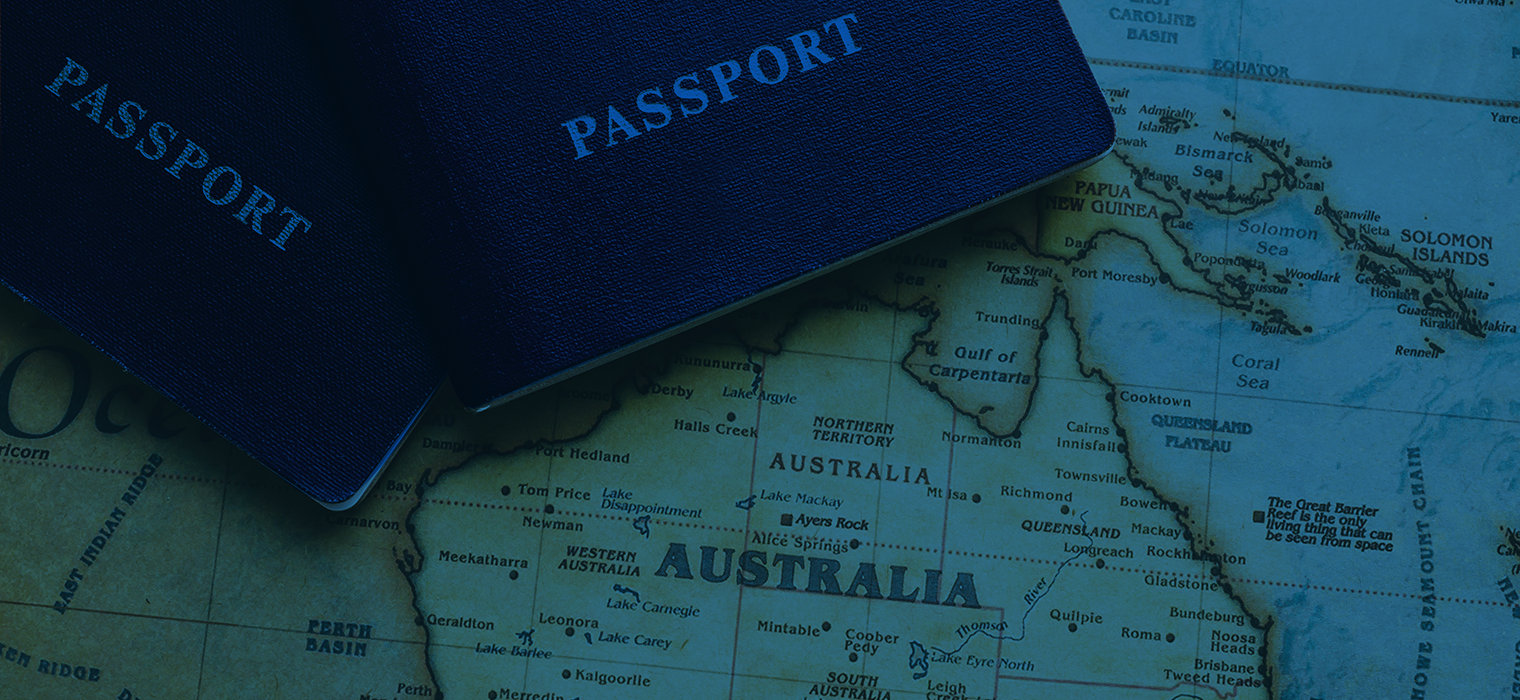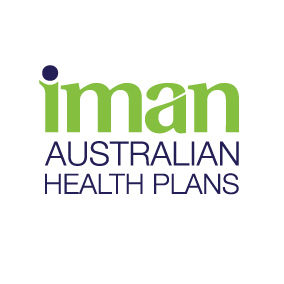The 2024-25 migration program of Australia represents a major change in the country’s immigration plan. It contains structural reforms planned to meet Australia’s vital workforce demands and attract highly skilled immigrants. These amendments indeed redraw the map of Australia’s immigration, opening new options and repointing some options to reflect migrant selection in the context of Australian economic and social priorities. These changes are important to prospective immigrants since they affect migration prospects and channels to permanent residency in Australia.
Overview of the 2024-25 Migration Program
The planned migration level in the 2024-25 migration program remains high — 195,000 places, which is comparable to the previous year’s figures. Within this program, the Skill Stream has the lion’s share with 142,400 places, this is accounted for 73% of the total placement. The Family Stream comes next with 52000 places contributing to about 27% of the program thus the Special Eligibility Stream has as few as 100 places.
This is the distribution that reflects the government’s strategic approach to both address Australia’s critical skill needs and keep a healthy family reunion balance. The program especially focuses on regional development and hence that would provide better chances for migrants who are willing to work in regional places. This approach is pinpointed on the development of local economies plus population distribution all over the country evenly.
Changes in Skill Stream
The Skill Stream remains the cornerstone of the migration program of Australia with changes made to suit the new economic reality of the Australian labour market.
Expansion of State-nominated and Regional Visas
Skilled workers nominated by the state and territory as well as regional visas have been given significant focus in the new program with 37,000 places for the state and territory nominated visas and 34,000 places for regional visas. An increase of 25 percent from the previous financial year indicates the government’s focused and active participation in regional growth and elimination of state-wise scarcity of skilled human resources. This expansion is intended to drive up the populations of regional locations whilst at the same time providing access to qualified employees for firms in the regions.
Reduction in Skilled Independent Visa
A major change has been made to the Skilled Independent visa (subclass 189), for which the number of places has been brought down to 32,000 from 37,000 in the previous year. This reduction indicates a change of focus to selecting a more selective pattern of skilled migrants, where the role of the state and employers is highly valued. The change has been made to make the government the assurance that those who are receiving an opportunity to migrate to the country are those who will directly be meeting the skills demands of the nation in areas where there is a skills shortage.
Phasing Out of the Business Innovation and Investment Program (BIIP)
The Business Innovation and Investment Program will be closed by July 2024, and it will be a revolutionary change in the Australian approach to business and investment migration. This shift amounts to a tactical shift away from the older business migration streams towards newer age, innovation-centric streams, relevant to the future Australian economy.
Introduction to the National Innovation Visa
The National Innovation Visa stands out as a new and unique opportunity and at the same time becomes a direct successor to the Business Innovation and Investment Program as well as the Global Talent Visa program. This new visa class is aimed directly at selecting entrepreneurs, researchers, and innovators who will be able to bring value to sectors prioritized by Australia’s government and economy, such as sustainability and clean energy, digital technology and artificial intelligence, advanced manufacturing, medical, and biotechnology fields.
Consequently, it replaces business typical parameters with the quality of the input and potential of an outcome in objective and strategic fields. This visa is a way for Australia to promote itself as a country for innovation and research in general.
Family Migration Stream
The Family Stream continues its large place in the migrant program in the part favoriting 52,500 places, thus underlining Australia’s unchanging commitment to family reunification. Partner visas remain highly discussed with 40,500 places, and child visas are also assigned 3,000 places. The remaining 9,000 is made up of parent and other family visas.
About partner migration, the government has been able to improve on the time it has taken to process these visas with most of them taking not more than twelve months. Such an improvement underlines a concern with timely family reunification without compromising service delivery.
Changes to Temporary Visas
Temporary Skill Shortage Visa (Subclass 482)
Under the Temporary Skill Shortage visa program, substantial changes have been made in simplicity and functionality. Most jobs have seen a reduction of work experience requirement from two years to one year and is set to take effect from July 2024. This change is meant to enable the program to provide candidates from key fields quicker and without compromising the quality. The change is likely to be of great advantage for emerging categories and industries that are growing at a fast pace.
Temporary Graduate Visa (Subclass 485)
The Temporary Graduate visa program has been adjusted to meet the skills shortage demand of Australia to a greater extent. These changes include tightening up employability skills and links between degrees completed and work visas to ensure that graduates provide value to their area of academic specialization. For particular qualifications in sectors experiencing skills deficits, stay periods have been increased to give graduates the chance to build professional and practical experience before continuing toward permanent residency. The program now also provides better opportunities for the graduates of the priority sectors to gain permanent residency in Australia and thus retain qualified and skilled immigrants.
Work and Holiday Visa (WHV) Updates
The Philippines added to the WHV program
A new country has been added to the list of countries that participate in the Work and Holiday Visa. The Philippines joined the program which will start in January 2025. The first allocation avails 5,000 places per year, which is on a mutually beneficial basis that offers similar opportunities for Australians. This expansion enhances the relations between the two countries in the sphere of cooperation, as well as the alternatives of the working holiday maker program.
Changes for UK citizens
Substantial changes have been made in the provisions for the UK candidates such as the elimination of the requirements of distinct work, a raise in the limit of age to 35 years, and the validity of the visa of three years. These changes demonstrate the proactively existing close relationship between Australia and the United Kingdom and offer improved chances of cultural and skill workforce sharing.
Future Migration Planning Levels
Australia has recently adopted a planning cycle of permanent migration for the next four years as a milestone change from the previous annual planning model. This longer-term approach offers less risk for businesses and potential migrants and also enables more incisive labor market planning. The framework which has also been adopted involves an annual assessment and modification according to key economic signals to make sure that the program has adapted to meet the needs of Australia.
The planning system focuses on the achievement of flexibility concerning changes in the required skills as well as close collaboration with states and territories. This approach lines up migration planning with education and training, thus providing a coherent strategy for personnel training.
What do these changes mean for Future Immigrants?
The changes in the migration plan from 2024-25 have set a new dimension in the immigration to Australia policy where immigration policy shall concentrate on specific skills and qualifications as per the demand of the Australian economy. The focus on regional development has significant potential for those who are ready to start a life outside large cities, while the new National Innovation Permit offers a way in for the businesspersons and the researchers.
Stability in the measures for family migration means keeping family reunification as a priority, as well as preserving the migration balance in Australia. Nonetheless, the policy amendments have made the country selective for skilled migrants by focusing selection criteria on Australia’s priority sectors and needs, thereby putting a lot of pressure on the prospective migrants to match Australia’s demands with their skills and experience.
Seek Expert Advice from Grace International for Personalised Migration Strategies
Australian migration context has been changing significantly, thus the subject needs to be guided and explained by an expert. Our team of migration specialists at Grace International assists in analyzing the applicant’s suitability according to the new rules, which options to consider, how to complete the documents, and what responsibilities and commitments entail. This knowledge will assist prospective migrants to tailor their Australian journey as effectively as possible under the new program parameters.
Call us and get in touch with Grace International today to kick-start your visa journey to Australia which has been simplified by our experienced team, keeping you abreast of the changes in the migration program. Contact us at +61 (03) 9662 9020 to begin a beautiful life in Australia.








